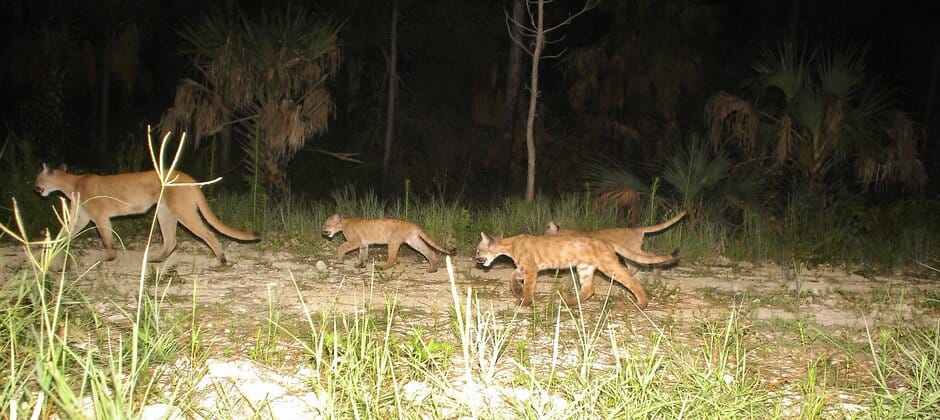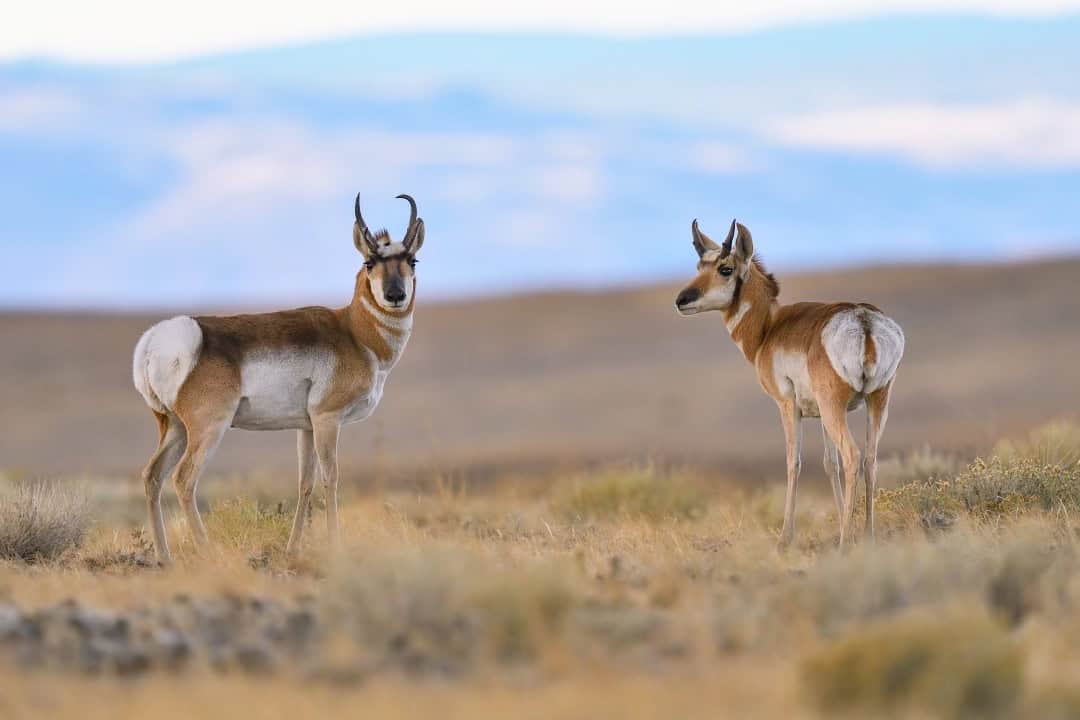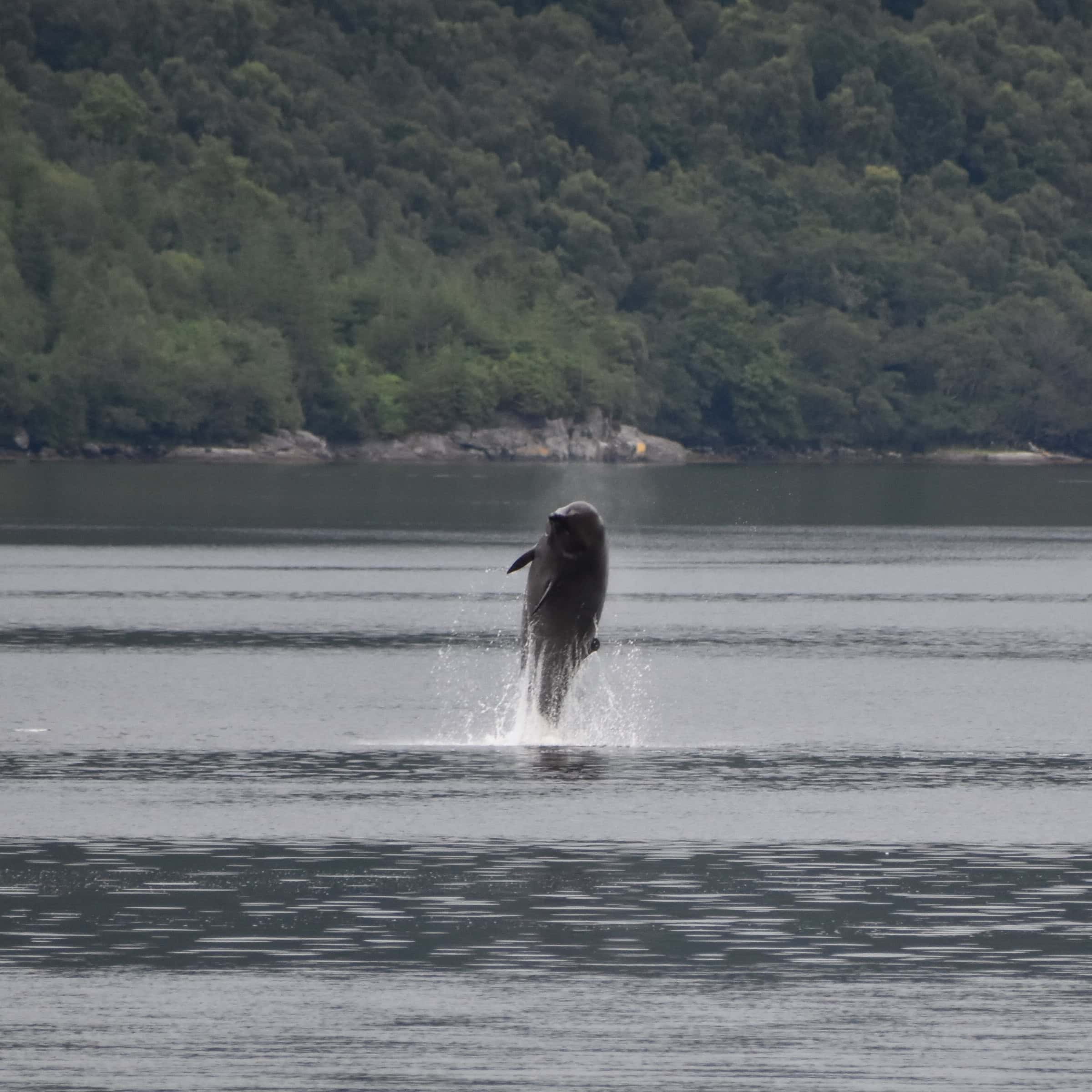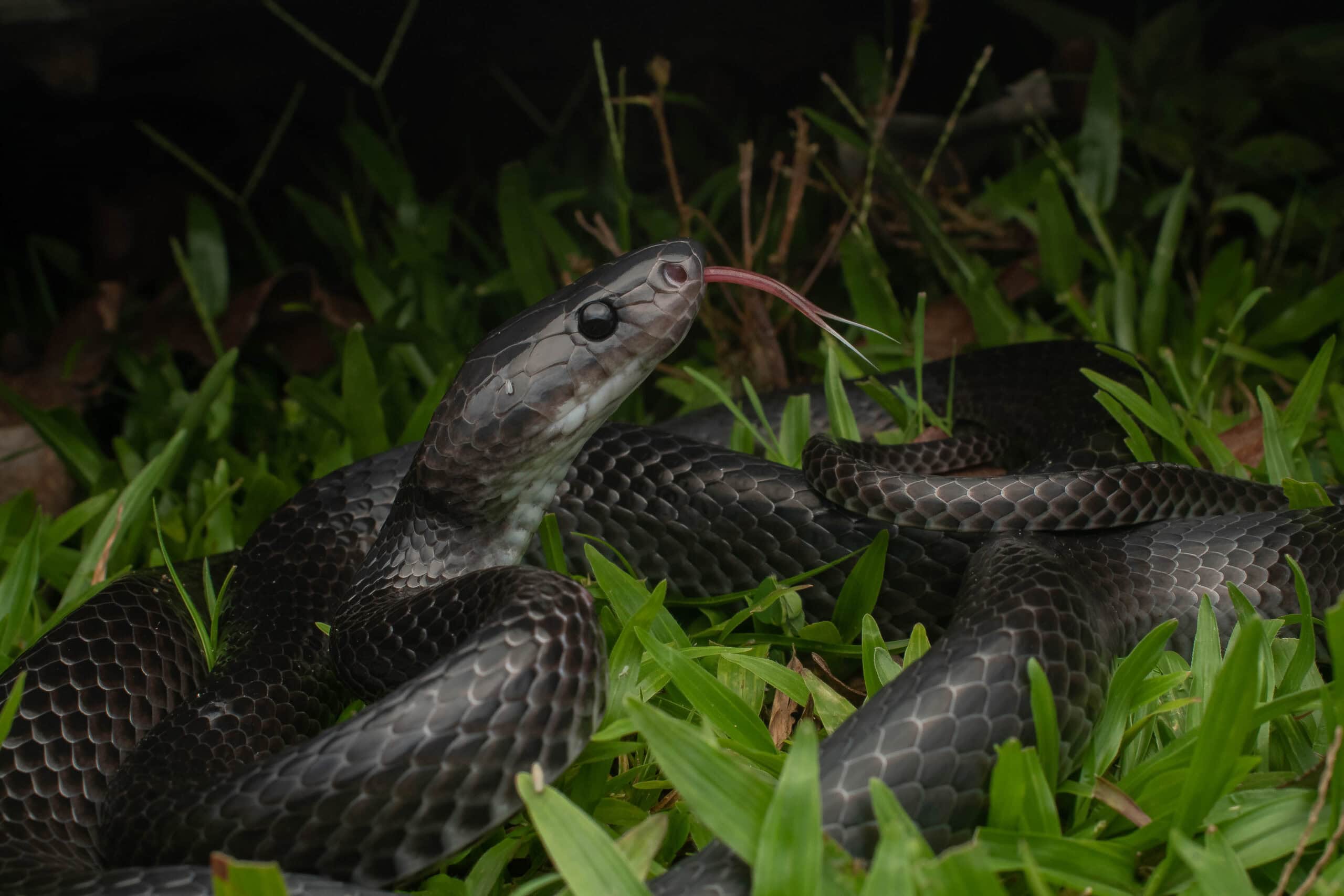Share this article
Florida panthers, bears may lose protected habitat by 2070
Urban development and sea level rise will lead to increasing habitat fragmentation for panthers and bears in in coming decades—unless efforts are made to set aside key movement corridors for the species.
Florida panthers only live in the southern portion of the state, while there are several populations of black bears across Florida. Both animals face conservation challenges in the state, and these problems are only like to increase without proactive conservation planning.
“They are going to lose a little bit of habitat, according to these predications,” said Allison Davis, a PhD student in forestry and natural resources at the University of Kentucky. But some urban planners and wildlife managers have created a roadmap to improve connectivity of key areas despite losses due to sea level rise and development. “Landscape-level land-use decisions could mitigate the projected consequences of global sea level rise.”
Davis led a study published recently in the Journal for Nature Conservation, where she and her co-authors predicted the amount of protected habitat the two animals would lose by 2070. Florida’s population is expected to have 15 million more people by 2070, while sea level rise is expected to eat away at the state’s coastlines.
To conduct the study, the team overlaid different types of information on a map of the state. Those layers included the known habitat of Florida panthers (Puma concolor coryi) and black bears (Ursus americanus) determined by the Florida Fish and Wildlife Conservation Commission in 2009 as well as projected sea level changes, population changes, development projections and protected lands.
In the worst case scenario with urban sprawl and a sea level rise of 1.8 meters, the researchers determined that the panthers’ protected habitat will shrink in southern Florida by 3.4%. The team’s map also showed that the Caloosahatchee River, which cuts across the bottom third of the state, westward from Lake Okeechobee to the coast at Fort Myers, is a clear obstacle to panther movement.
Only a couple of male panthers have been discovered crossing this river, while only one female, which are typically more risk-averse, has been found north of the river. If wildlife managers want to help panthers expand their habitat in the state, they may need to consider translocating panthers north of the river, though there is still a fair amount of debate on the best options for panthers, the researchers said.
But even then, the panthers will eventually come across development in central Florida, which they may not be able to cross to access habitat to the north.
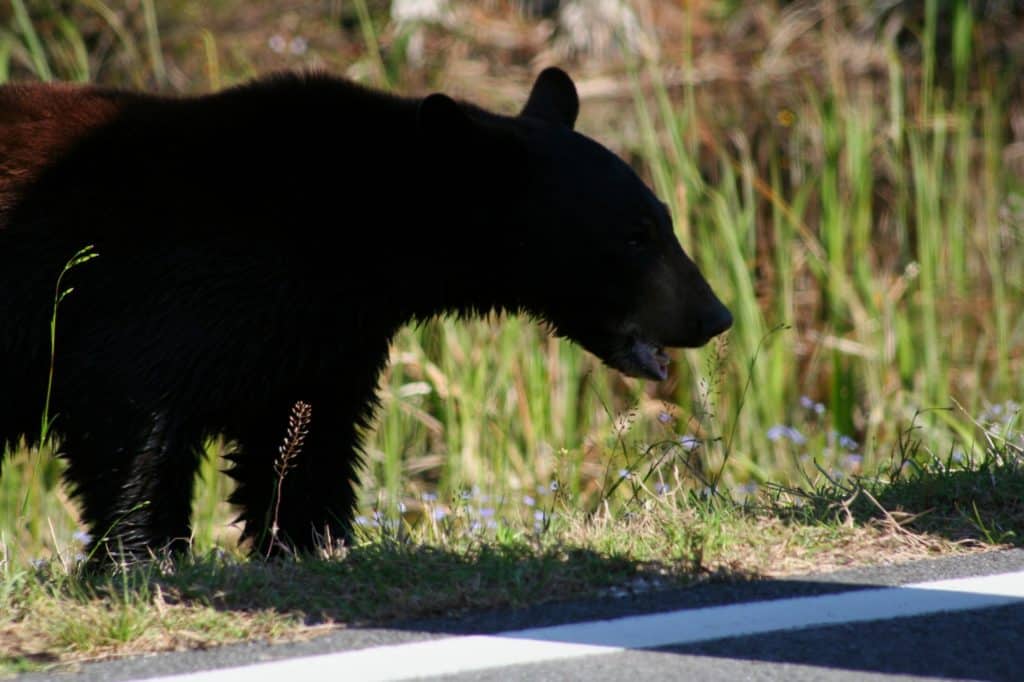
Several Florida black bear populations will see habitat fragmentation due to projected sea level rises and increased development. Credit: switz1873
Bears face different struggles. There are roughly half a dozen bear populations throughout the state, and in the worst case scenario they will lose more than 6% of their protected habitat.
In the Big Bend region of the Florida panhandle, sea level is projected to rise enough that it will split contiguous habitat into smaller areas, isolating bears from their neighbors. Davis said that any land protected for the benefit of this population would need to be farther inland to maintain corridors in face of sea level rise.
In northcentral Florida, the Osceola Wildlife Management Area population is connected to the Okefenokee National Wildlife Refuge in Georgia. These populations are connected to a population in the nearby Ocala National Forest through a mid-way point at Camp Blanding Joint Training Center. The researchers project that there will likely be more development between these areas in the future, as much of the connected areas are unprotected. But Davis said these issues could be overcome by protecting connected habitat between Ocala and Osceola.
Another bear population in the Highlands area north of Lake Okeechobee is already experiencing a patchy connection between wildlands, and this problem is likely to increase in coming decades, the team said. Davis said that special attention will be needed for bears to maintain connectivity in this area.
Fortunately, in the best case scenario, if efforts to connect protected land are made, both bears and panthers could see an increase in protected area despite losses due to sea level rise and development, she said. Panthers could gain four large patches of protected habitat and bears could gain 77 patches.
Header Image: Families of Florida panthers like this one are likely to see a shrinking of idea habitat in the southern portion of the state by 2070. Credit: David Shindle, Conservancy of Southwest Florida



